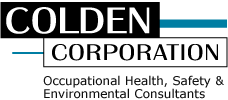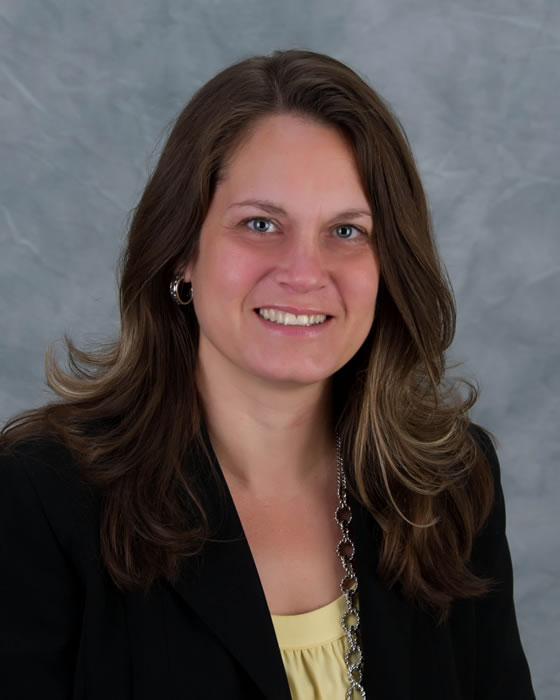Colden will be exhibiting and presenting at SESHA’s Fall Mini-Conference! The symposium will begin on Tuesday, October 28th and conclude on Wednesday, October 29th at the Hilton Albany in Albany, NY.
Michele Shepard, PhD, MS, CIH will be presenting “Industrial Hygiene Monitoring Strategies for Semiconductor Facilities and Cleanrooms” on Tuesday, October 28th at 12:30 PM – 2:30 PM. This professional development course will review effective IH monitoring strategies as a cornerstone of successful occupational health and safety management systems for semiconductor fabrication facilities, material and equipment manufacturers, other vendors, and in research and development. This session will use case studies from semiconductor facilities and cleanroom operations to highlight key components of IH monitoring strategies, from prioritizing resources and evaluating risk through banding, screening and modeling tools to defining monitoring objectives, planning, sampling, documenting, and analyzing and communicating exposure data.
Drawing from decades of experience and industry studies, this course will share real-world examples to illustrate best practices and lessons learned in designing IH monitoring strategies and completing exposure monitoring for semiconductor facilities and cleanrooms. Participants will leave with practical strategies to improve future monitoring strategies and enhance their industrial hygiene programs, contributing to worker protection and continual improvements in health and safety management and compliance.
Catherine Bobenhausen, MS, CIH, CSP, AIHA Fellow, LEED BD+C will be presenting “Empowering EHS Professionals in Sustainable Semiconductor Facility Design” on Wednesday, October 29th at 10:00 AM – 10:30 AM. This session highlights how EHS professionals can collaborate with architects, engineers, and sustainability teams to integrate EHS principles into facility design and construction including through material selection and installation practices. As design teams pursue LEED and WELL material goals, EHS expertise ensures these frameworks also reduce worker exposures during construction, commissioning, operation, and maintenance. This presentation will provide information on how EHS professionals play a critical yet often underrecognized role in advancing sustainability and material transparency in semiconductor facility design. By interpreting product disclosures such as Health Product Declaration documents, Declare labels, and Cradle to Cradle certifications, EHS leaders can identify safer substitutes, establish procurement guardrails, and transform transparency efforts into measurable improvements in worker protection and sustainability.
For more info or to register, visit: https://sesha.org/event/fall2025albany/

